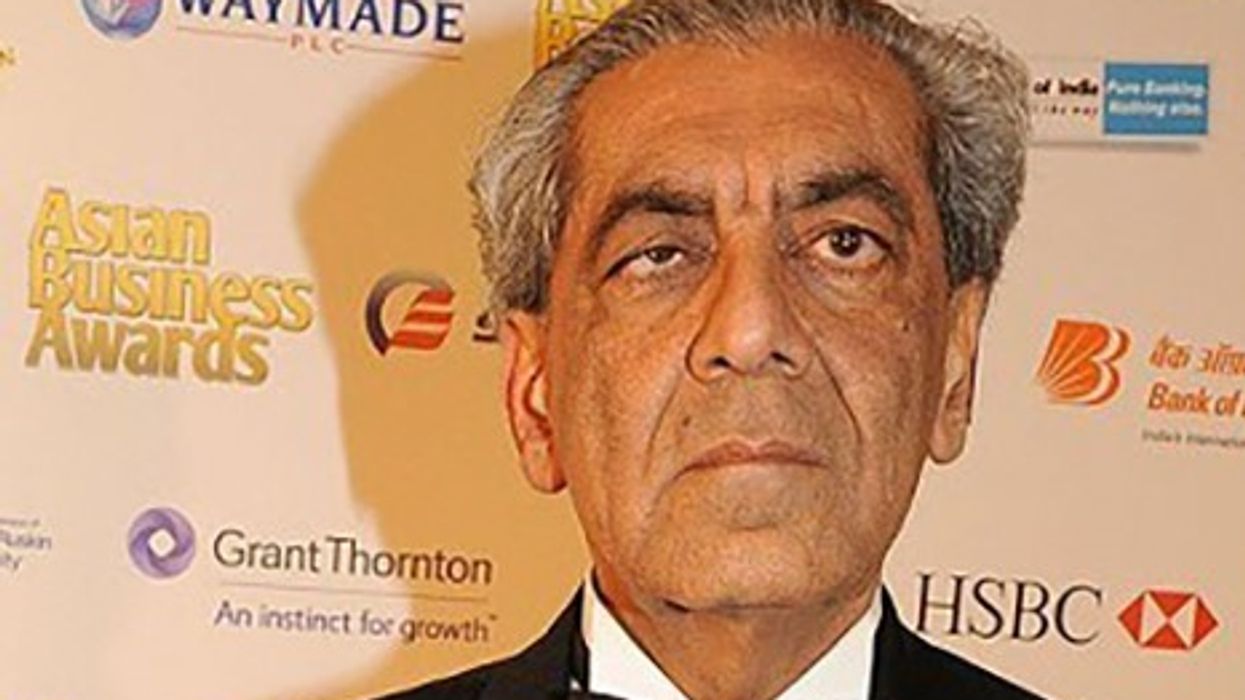ACTRESS-MODEL DISCUSSES BEAUTY, PHOTO-SHOOTS AND FASHION
by ASJAD NAZIR
AS A model, actress and qualified dentist, there are a lot of things Kaneeze Zainab does well.
The hard-working Pakistani star has acted in drama serials, including Bubu Ki Beti, Paimanay, Katto, Jugnu and Tasweer, but she is now also turning a lot of heads as a social media influencer.
The Lahore-based beauty’s striking looks, makeup designs, fashion and hot hairstyles are getting a lot of attention online.
With that in mind, Eastern Eye thought it would be a great opportunity to catch up with Kaneeze Zainab to have a style-led discussion on fashion, photo-shoots, beauty and hair, including getting top tips.
What first connected you to fashion?
My passion connected me to fashion. I always had that urge to pose and express myself, so it all began from there I guess. (Laughs) As a child I used to create different looks with dupattas and pose in front of the mirror.
How was it facing the camera for the first time?
Facing the camera for the first time was like facing a plastic object. I was fearless and felt very confident. Striking a pose was easy for modelling, but I did find acting a little difficult initially and was up for the challenge.
What has been your most memorable fashion shoot as a model?
I love what I do, so all the shoots, whether for fashion or acting, are memorable. But if I had to choose one memorable shoot, then it was the Chenone’s campaign in northern Pakistan. During that shoot, I got to explore nature and the beauty of Pakistan. It is one of the shoots that is close to my heart, as I love travelling.
Do you prefer western wear or dressing up in traditional outfits?
I prefer outfits which makes me feel comfortable, regardless of traditional or western, and that is how I believe it should be. If you feel good, you will look good. I wear according to my mood.
How would you describe your own style?
My style is casual and chic, which is about mixing the formal with the informal and the trendy with the classic, like wearing a dress or skirt with espadrilles, wedges or high heels.
What is your favourite outfit in your cupboard?
There is a favourite outfit for different occasions and moods. But specifically, I like long flowing dresses the most. They are a firm favourite. I can wear them anywhere and anytime, I feel.
Are you a shoes or handbag person?
(Smiles) Like many, I am both. I have a huge collection of shoes and handbags. I just can’t resist buying them. I am a matching shoes–handbag type of person.
What would be your favourite fashion accessory?
Hoop earrings are a favourite when it comes to accessories because I believe they spice up any of my outfits and give that nice finishing touch.
You are becoming an influencer. What top fashion/style tips would you give?
Getting to know your own body shape is the key I feel. Build your closet with clothes that put the spotlight on your shape and favourite features. Invest in timeless classics, as they last a lifetime and wear what you are comfortable in, not what you think others will like.
What are your favourite make-up brands?
I like a blend of retail brands. I can’t name any one as I keep on trying different products according to the desired look.
Your hairstyles are becoming legendary, what has been your favourite look?
I like trying different looks and having fun with it. Loose curls and a messy bun are my kind of look. My hair is naturally straight, so I love styling and flaunting it with curls.
What hair tip would you give?
Massage your scalp with rice water before shampooing and leave it for 20 minutes. Rice contains carbohydrates, minerals and vitamins that can foster a balanced environment on your scalp to keep follicles healthy. Rice water promotes growth and thickens hair.
Which style icons do you most admire?
The one and only Lady Diana! That confidence in her appearance is what made Lady Diana, not just her wardrobe and iconic looks. She really sort of transcended fashion, and achieved an incredible chic and elegance.
Who is your favourite fashion designer?
I’m not a brand conscious person. I wear what makes me feel comfortable in my own skin.
Tell us about the beauty product you launched?
I launched my own lash, brows and hair care product by the name of KOSMETIKO. It’s a small scale thought for now, but let’s see where it goes in future. I love fashion and beauty, so will explore more in this area when time permits.
Why do you love fashion?
I love fashion because I can reinvent, express, create and stand out from the rest of the crowd. It also gives me a confidence, which makes me feel good inside and out.
Perfect performer
Quick acting Q &A with Kaneeze ZainabWhich of your acting projects gave you the most joy?
My character in the Nestle Bunyad TV commercial as it was loved by the entire media fraternity and public. The message delivered in that was very close to my heart and very emotional.
What is your acting plan?
I just want to focus on playing challenging characters and testing myself as an actor. I want to stay away from stereotypes and keep exploring new territories. I have an urge to learn and a passion to improve. I want to explore, innovate and do what gives me happiness and peace of mind.
Do you have a dream role?
I really want to play against type, so am waiting for the time when I would get to play the role of a psychopath or a sociopath, as I think I can nail it very well.
Who would you love to work with in future?
I would love to work with (Italian actor) Michele Morrone. I think we will complement well with each other and can make a good on-screen couple.





 Prior planning for most needed thingsiStock
Prior planning for most needed thingsiStock Don't be afraid to ask for money instead of gifts for your big dayiStock
Don't be afraid to ask for money instead of gifts for your big dayiStock Don’t forget to enjoy the big dayiStock
Don’t forget to enjoy the big dayiStock






